Share
A Very Brief Review of the Leica Q2 & The Perils of LED Lighting
After using a Leica Q for 3.5 years, I decided to pre-order the eagerly anticipated Q2 in early March 2019. Despite owning a number of cameras over...
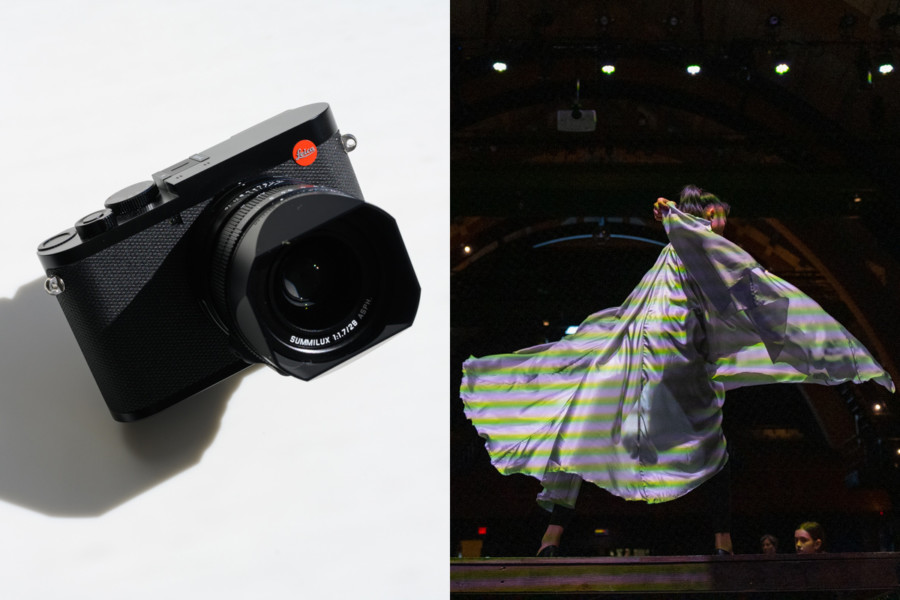
After using a Leica Q for 3.5 years, I decided to pre-order the eagerly anticipated Q2 in early March 2019. Despite owning a number of cameras over the years, the Leica Q had become my go to camera for its light weight, small size, and high image quality.
While I hope to do a full review of the unit in the future, I had two problems that caused me to send the unit to Leica’s service center within the first month.
DUST
My major complaint with the Leica Q was the lack dust sealing, which eventually caused me to tape up the microphone and speaker ports to avoid dust on the sensor. Since the Q employs a fixed lens, there’s no way to clean the sensor without sending the unit back to Leica’s notoriously slow service center.
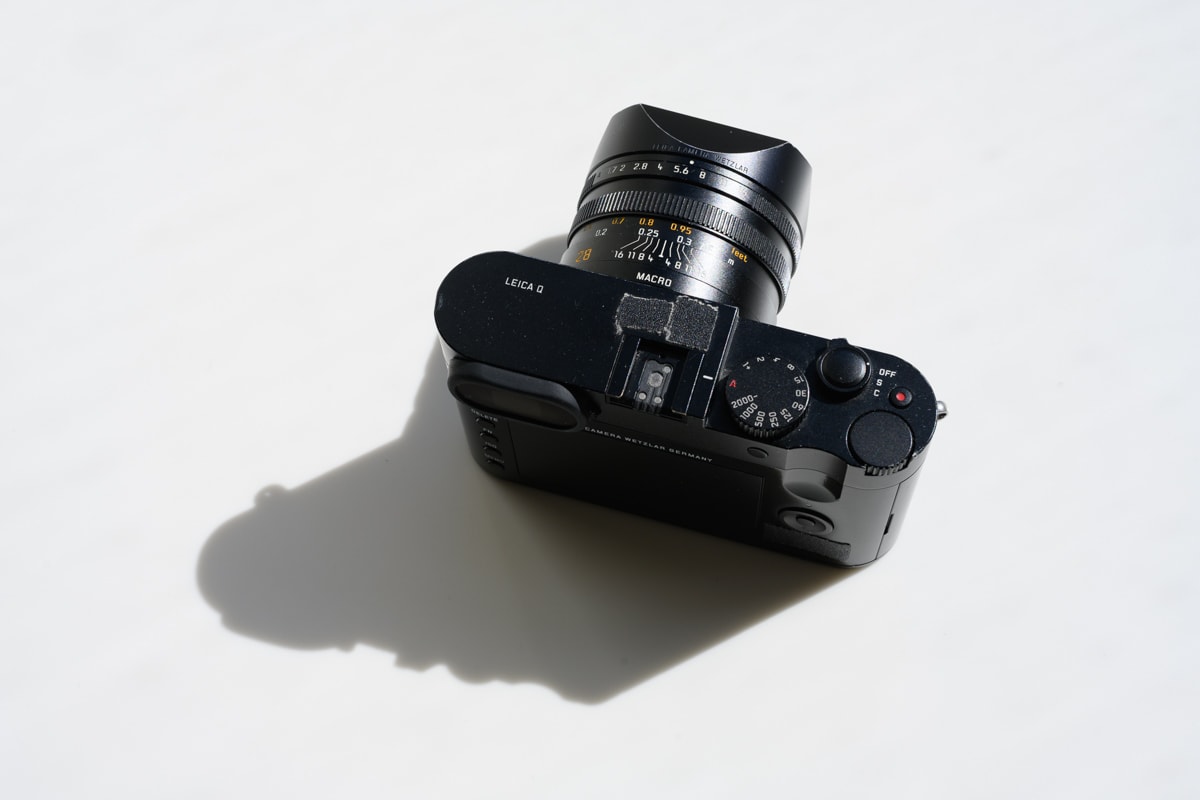
The Q2 addresses the problem with IP52 weather sealing which provides “Protection against solid bodies larger than 1mm” and “Protection against condensation.” The engineers reportedly went to great lengths to add weather sealing while maintaining essentially the same small body size.
But as others have noted, the EVF is prone to dust accumulation, and my unit had dust inside the EVF out of the box. A temporary remedy was to gently knock the side of the unit with my palm, which seemed to dislodge the dust temporarily. But the dust reappeared in a matter of a few days.
BANDING FROM LEDs?
I put the camera through the paces while photographing some dance rehearsals at my high school’s theater. Of the first 1,000 images that I shot with the Q2, thirteen of the images contained significant banding.
Here’s unretouched RAW from the DNG generated in Photoshop.
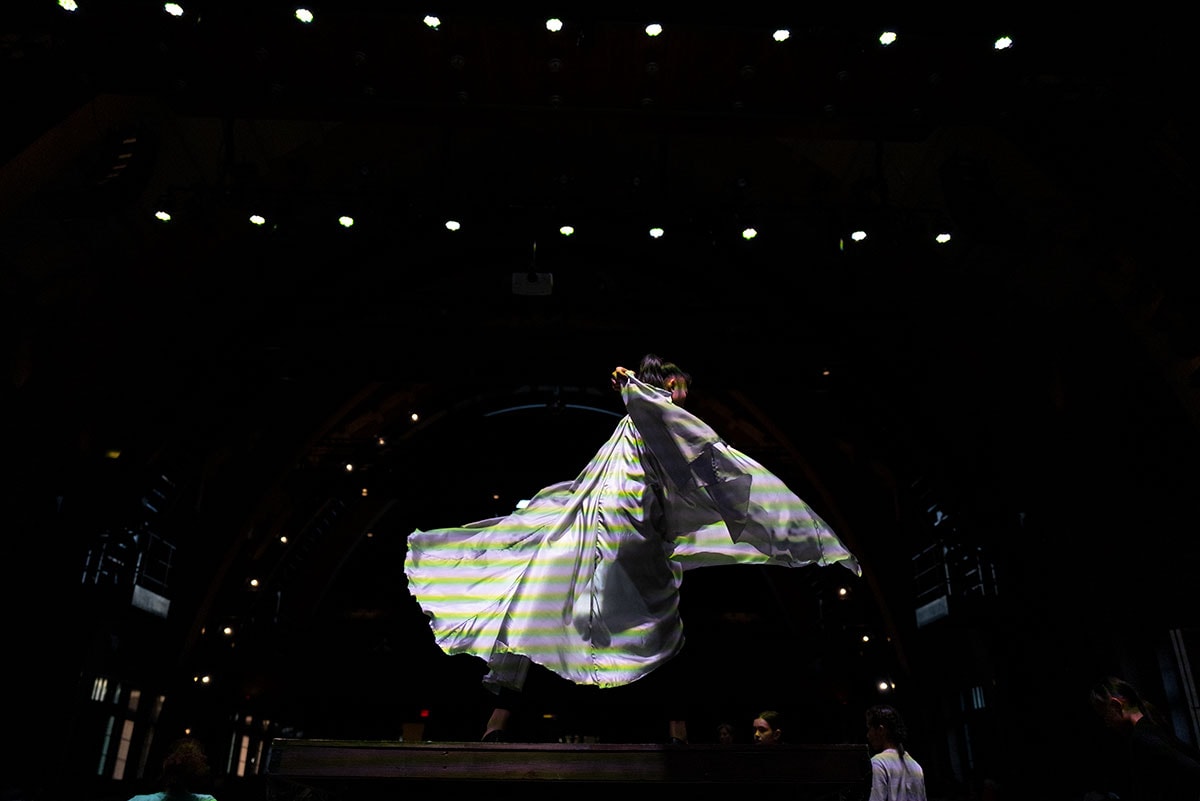
Here are the individual RGB channels as seen in RAW Digger.
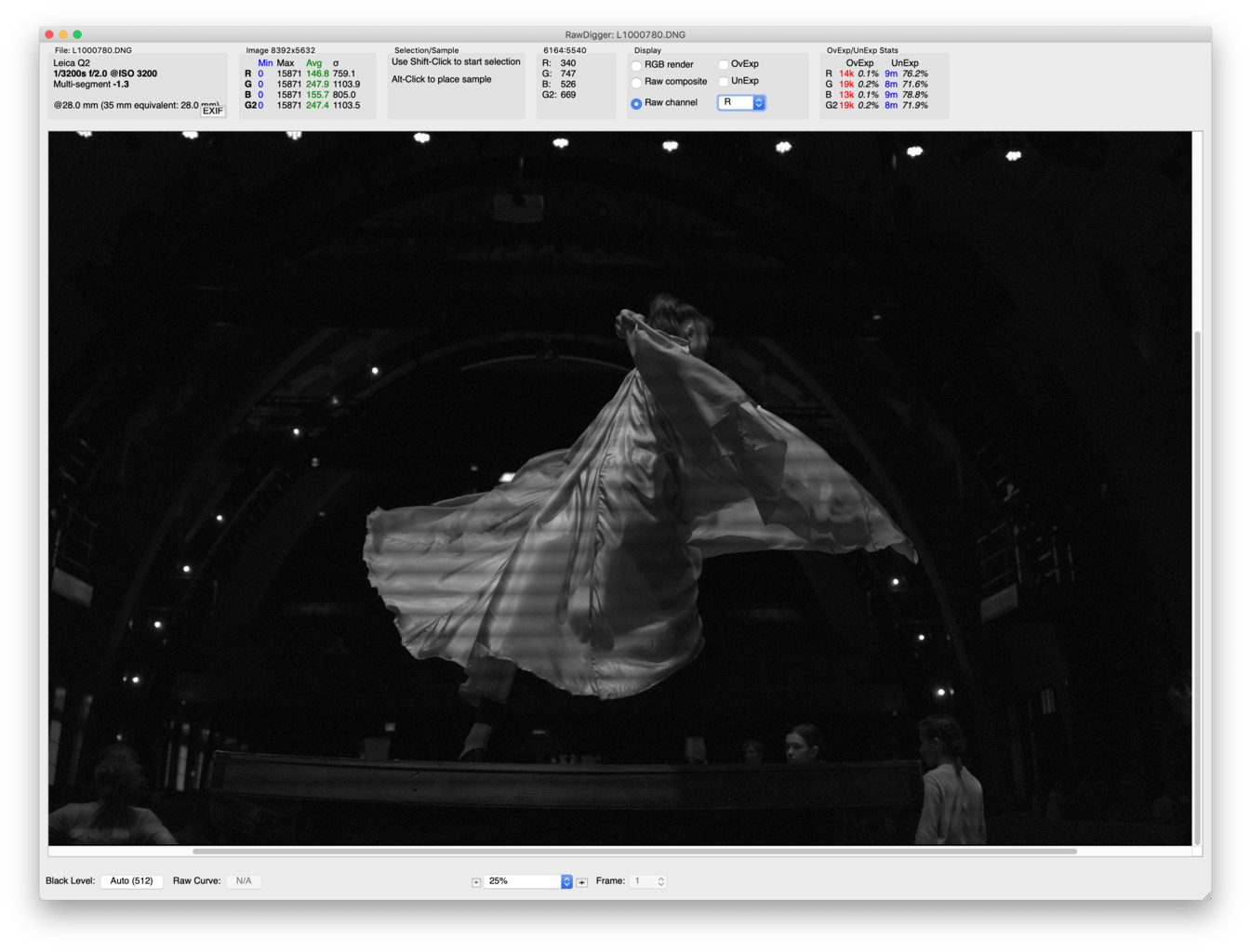
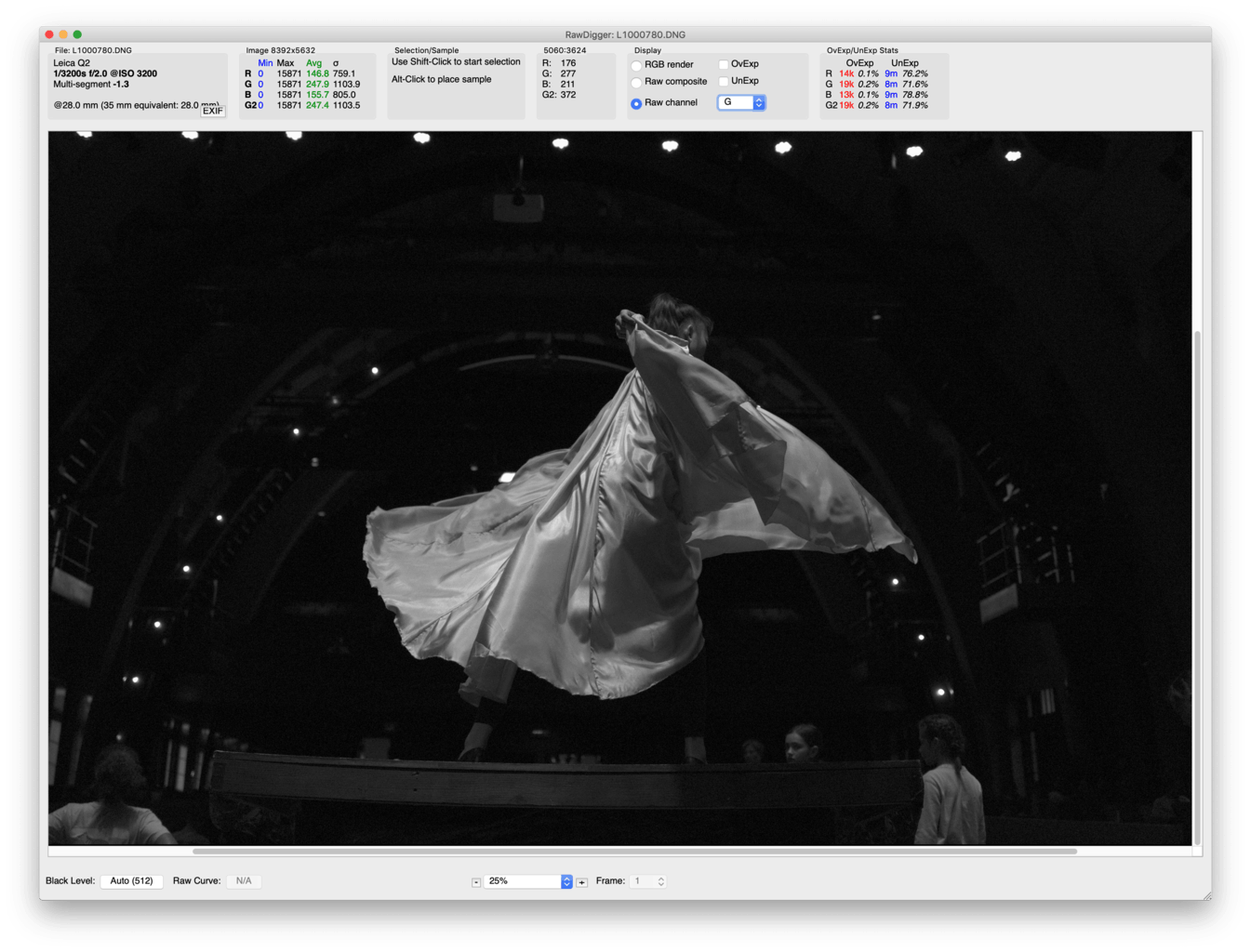
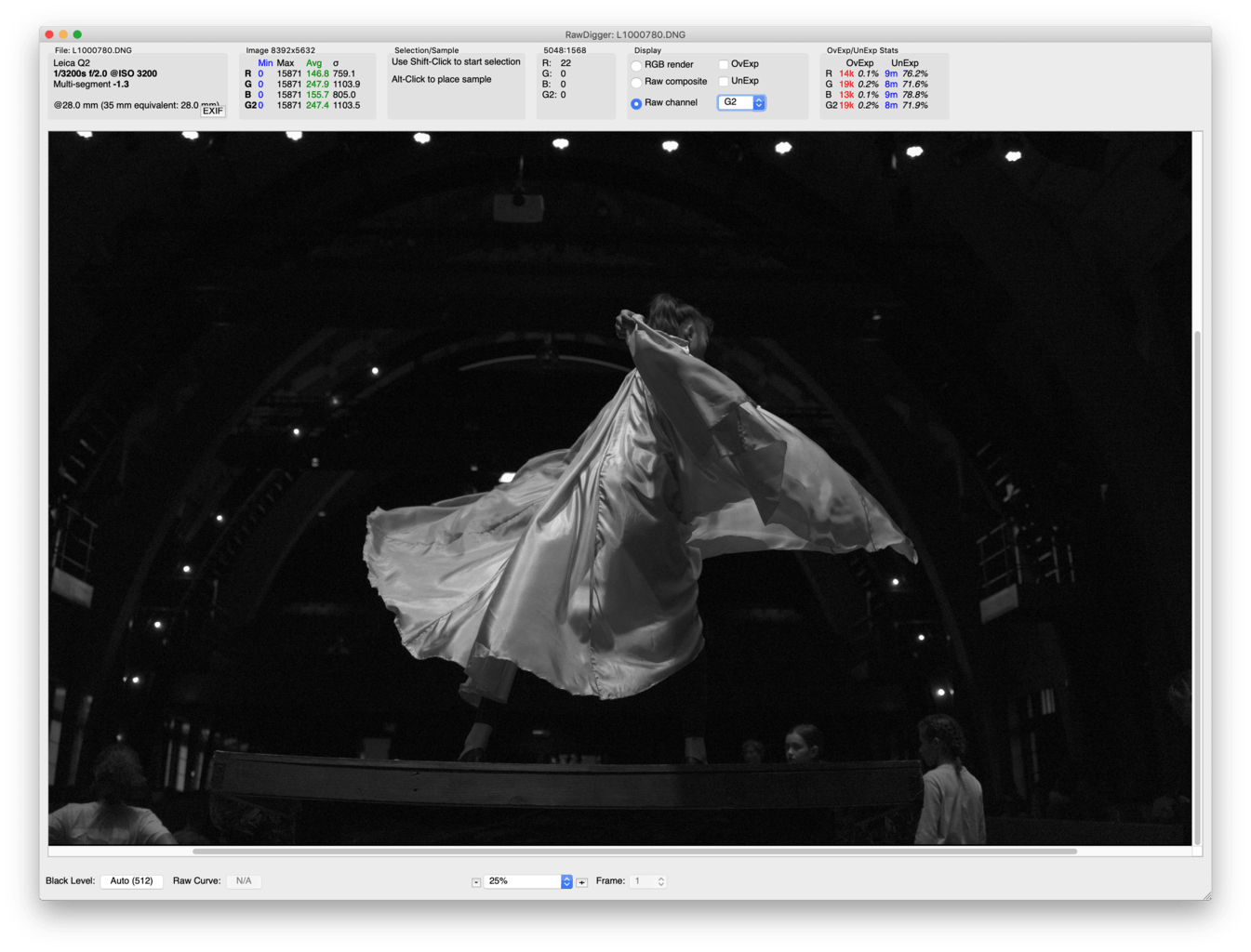

The G (and G2) channels have no visible banding, while the red and blue channels have heavy banding.
Many years ago when I worked in the theater, it was outfitted with halogen-based lighting instruments. But while shooting in April, I noticed that many of the overhead wash lights were LED-based.
Flicker from various light sources is a well-known problem in video, and less known in still photography. But anyone who’s ever tried to photograph a television is familiar with refresh rates and how it can affect an image. Banding usually manifests itself as a black-and-white shadow, which made my colorized encounter a bit curious.
LEDs have become extremely popular for continuous lighting because of their low energy consumption and heat generation, making it ideal for use in theatrical lighting. But LEDs sometimes use a method called Pulse Width Modulation to dim the light, and this can cause “invisible” flicker that shows up in videography or photography.
As I looked over the metadata of the images with the banding, I noticed that it occurred reliably on the Q2 at 1/2500 and faster, and unpredictably at 1/2000s. And in another image, I saw that the ambient sunlight wasn’t causing the same banding issue.
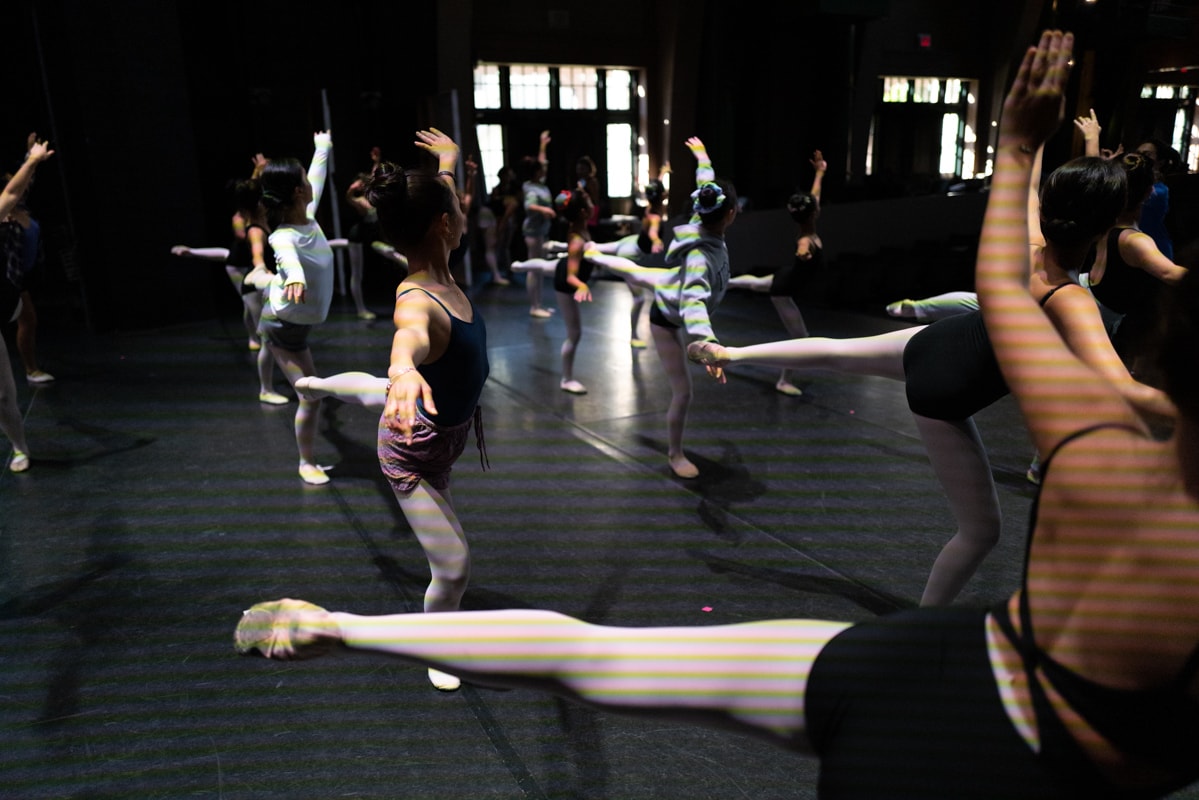
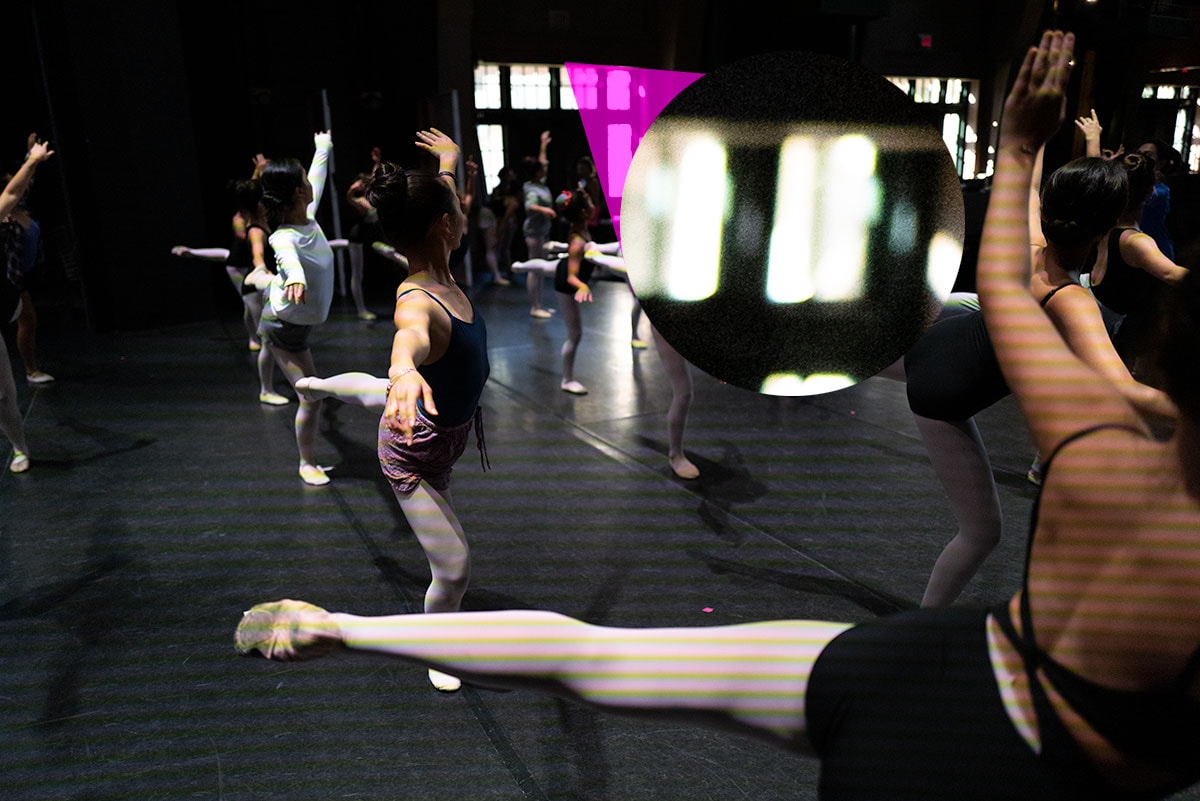
I didn’t see the problem on my Nikon Z7 at the same shutter speeds, but I also wasn’t shooting with the Nikon during the exact same scenes and lighting conditions.
Without more extensive testing under controlled lighting conditions, I can’t definitively determine whether the problem is 1) specific to the sensor design, 2) a manufacturing defect, or 3) a case of a specific, dimmed lighting condition that has nothing to do with the camera. The LEDs are undoubtedly part of the cause of the problem, and something that photographers should be aware of given the increasing ubiquity of LED technology. For sports and dance, higher shutter speeds are often needed to freeze hands and feet.
Leica has had my camera since the end of April, and has assured me that I will receive a replacement unit when it becomes available. No one will likely shed a tear for a Leica owner, but the frustration of not having the camera is real nevertheless.
Stay tuned for a full review.


